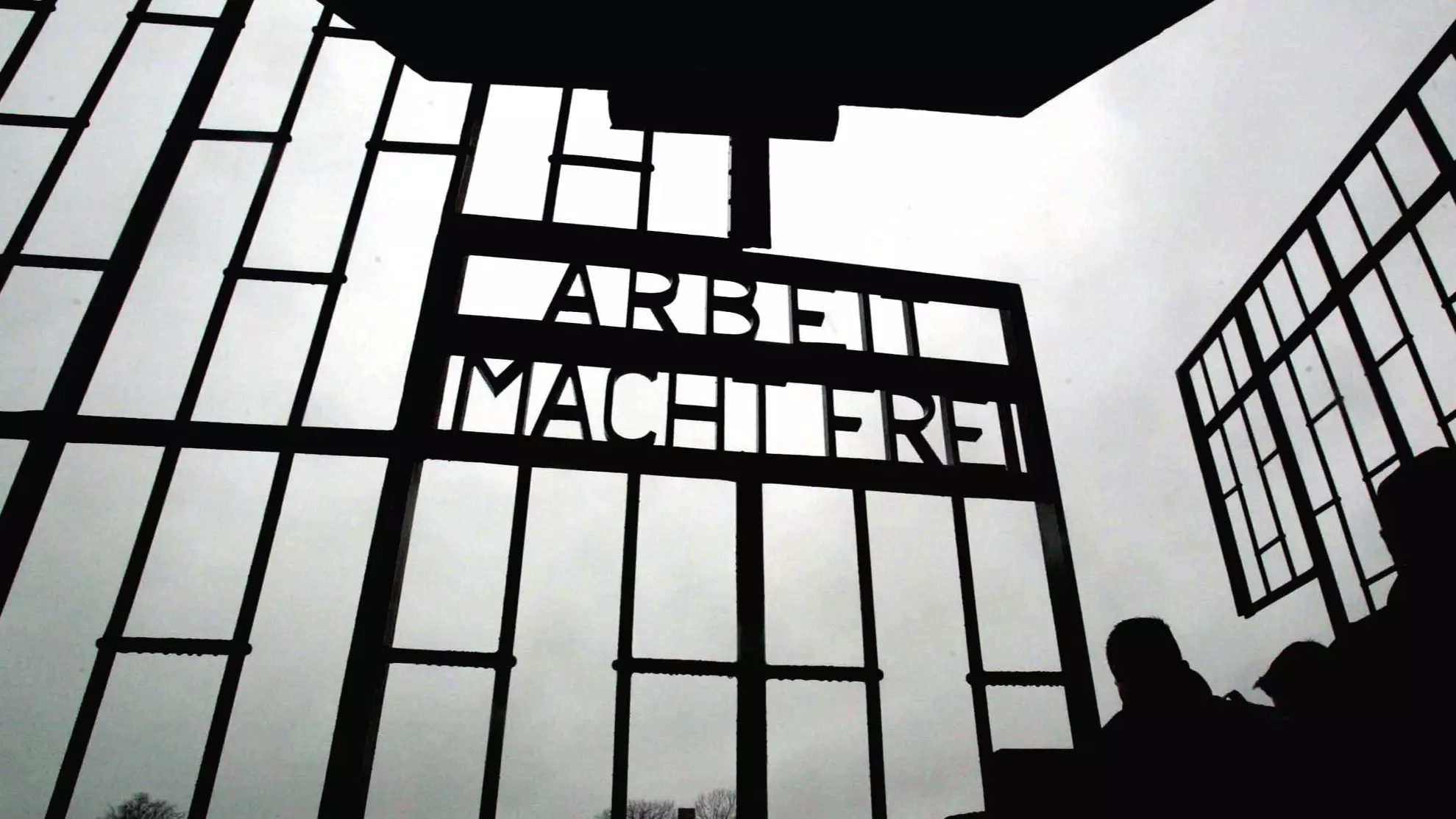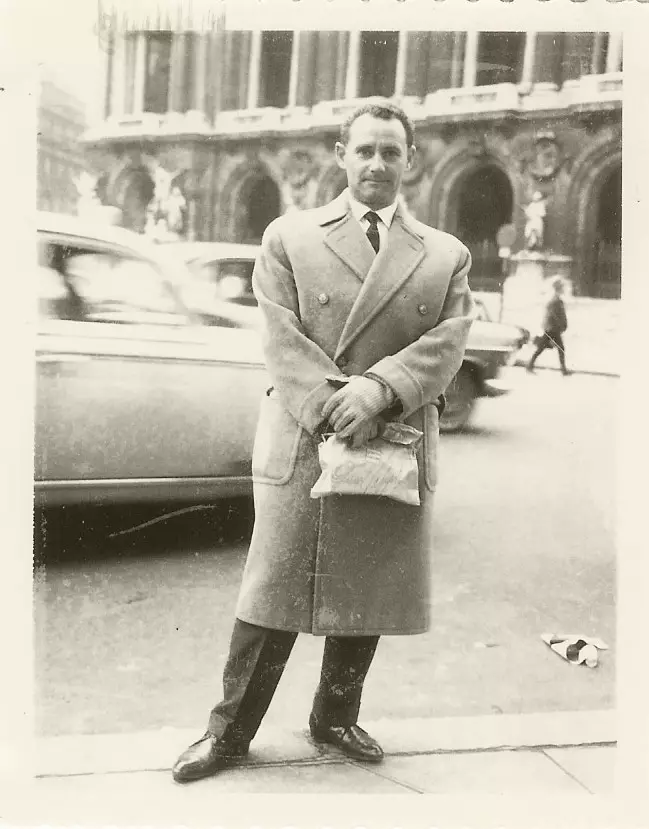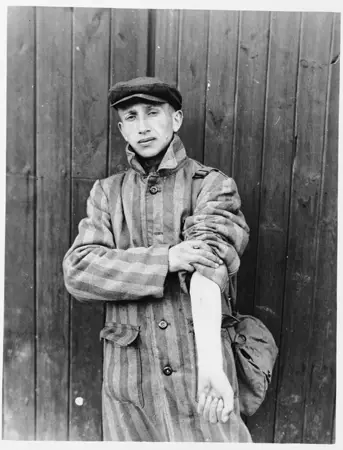
When you see photos of prisoners at Nazi death camps like Auschwitz, there are certain things that are consistent with nearly everyone. They'll have their striped uniform, shaved heads and a numerical tattoo that stripped them of their identity.
Once these people had that ink engraved into their skin, they stopped being the person they were and simply became a number to the Nazi guards and officers who controlled Auschwitz.
There were people who didn't even get a serial number, as they were selected to go directly to the gas chambers.
More than a million people were sent to the infamous death camp between 1940 and 1945, however there were only a handful of prisoners who had the task of tattooing their fellow incoming inmates.
One of those people was Lale Sokolov.
Advert
He died in 2006, but not before telling his incredible story to author Heather Morris - who's written the The Tattooist of Auschwitz.

Sokolov, dubbed Tattooist of Auschwitz, was sent to Auschwitz in 1942 when he was just 26-years-old.
Advert
He didn't know what was happening behind the gates of these concentration camps and was quickly sent to work, building housing blocks.
When he contracted typhoid, he was looked after by a man named Pepan who gave him his serial number tattoo. Pepan decided to take him on as his assistant, which meant better conditions and food rations.
However, one day, when Lale turned up for work, Pepan was gone - making him the main tattooist in the death camp.

For two years, Mr Sokolov imprinted terrified people of all ages as they were admitted to Auschwitz.
Inmates initially were tattooed on their chest with a special metal stamp that could hold interchangeable numbers. These numbers had dozens of small needles, roughly a centimetre long, and would stab the person's skin.
Ink would then be rubbed into the wound while it was still bleeding.
However, Lale's tool was just a single-needle device that would pierce the outlines of the serial number in their skin.
Despite Auschwitz being a place of utter brutality, Lale managed to find his true love there. He first met Gita as a trembling girl whom he had to tattoo when she arrived at the death camp.

He quickly fell in love and worked hard to sneak messages to her and get her extra rations of food. In the final year of World War Two, Gita was shipped out of the camp, much to Lale's heartache. When he was finally freed, he went to Bratislava to find her and miraculously stumbled across his love while on his way to the Red Cross.
They were married that year and eventually moved to Australia.
Lale kept his 'job' at Auschwitz a secret for decades until after Gita died. He felt tremendous guilt because he thought he was in some way helping the Nazis in their genocide.
Featured Image Credit: PATopics: Interesting, World War Two, Community, Nazi, Tattoo